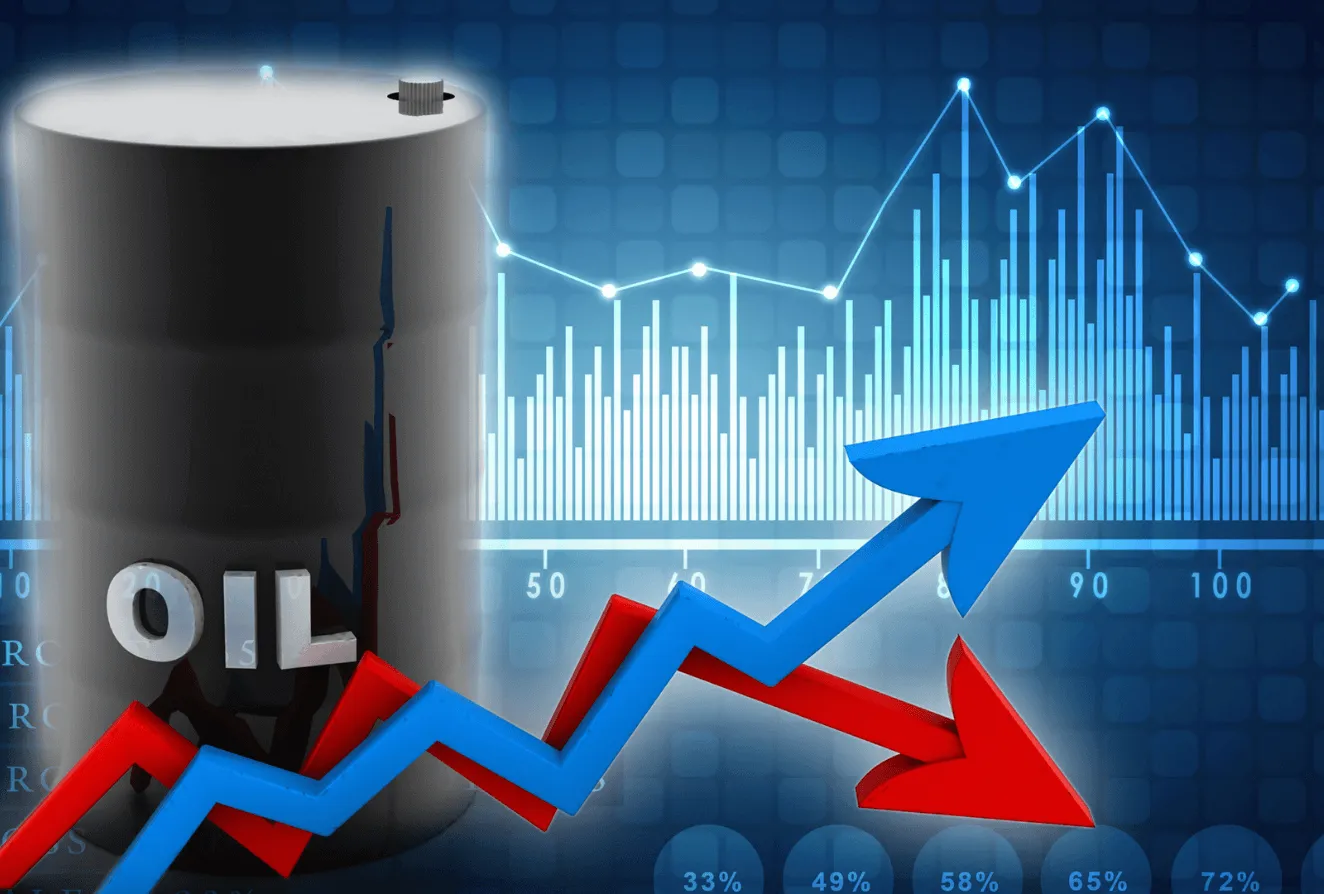Even As Prime Gas Demand Season Approaches, Falling Fuel Prices Are Stoking Recession Fears
Recent weeks have seen a decline in retail gasoline and diesel prices, which is welcome news for consumers. However, the steeper decline in diesel prices compared to gasoline is a cause for concern when it comes to the economic outlook.
Brian Milne, a product manager, editor, and analyst at DTN, attributes the decline in diesel prices to the recession in the US manufacturing industry, which has led to decreased demand for diesel fuel. He also cites higher interest rates, which have slowed home buying and new construction.
Furthermore, the diesel market is currently seasonally weak, while the gasoline market is seasonally strong.
Diesel prices have dropped more steeply than gasoline prices so far this year, despite tight supplies of both fuels. This is attributed to the economic slowdown, which is affecting diesel more than gasoline, as well as a milder winter and seasonality.
According to GasBuddy, the average retail price for diesel fuel on Friday was $4.052 per gallon, down over 13% from Dec. 31, 2022, and almost 14% from the year-to-date peak of $4.689 per gallon on Jan. 5, 2023.
In contrast, the average price for a gallon of regular unleaded gasoline was $3.543 on Friday, up around 11% from the end of last year but down almost 4% from the highest price so far this year, which was $3.687 per gallon on April 20.
Patrick De Haan, head of petroleum analysis at GasBuddy, suggests that the faster decline in diesel prices is indicative of an economy under duress, as weekly US distillate fuel oils supplied, which is a proxy for demand, has decreased.
In contrast, gasoline demand is expected to rise during the summer driving season and has already transitioned to the more expensive summer-grade fuel.
Neuberger Berman’s senior portfolio manager, Hakan Kaya, notes that gasoline demand is likely to remain strong compared to diesel, given that work-from-home situations may be reduced.
Moreover, the US State Department has predicted that the 2023 summer travel season will be the busiest on record. However, the inventories for both gasoline and diesel are already tight.
US motor gasoline supplies are around 6% below the five-year average, while domestic distillate fuel inventories are around 12% below the five-year average for this time of year.
Neuberger Berman believes that the decline in diesel prices is somewhat extreme and that increased demand for jet fuel will likely support diesel prices.
However, the downside for gasoline and diesel prices is likely to be contained, as the Organization of the Petroleum Exporting Countries (OPEC+) is waiting for the short sellers with a big stick.
Furthermore, oil prices, which are the biggest factor affecting gas or diesel prices, have moderated over the past few weeks.
Jeff Lenard, Vice President of Strategic Industry Initiatives at the National Association of Convenience Stores, believes that lower gas prices could spur overall spending, including spending on fuel.
GasBuddy’s De Haan believes that diesel prices will fall below $4 per gallon again for most of the summer, while gasoline prices should remain fairly moderate, with greatly diminished odds for a national average price hitting $4. However, the economic slowdown, banking issues, and the debt-ceiling fight are putting bearish pressure on the prices of diesel and gasoline.

Subscribe to our newsletter!
As a leading independent research provider, TradeAlgo keeps you connected from anywhere.








